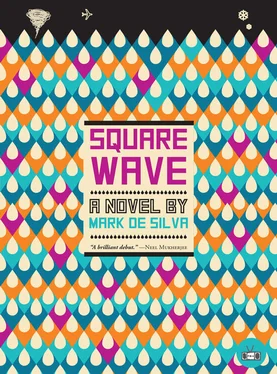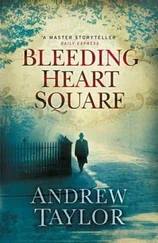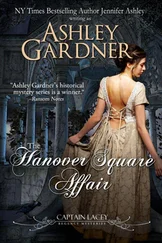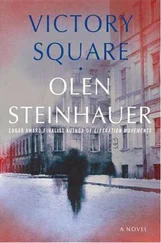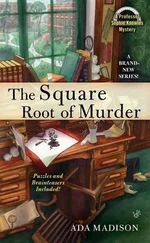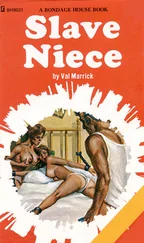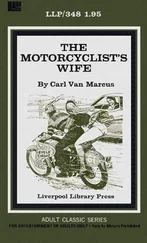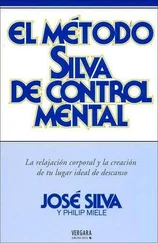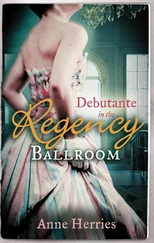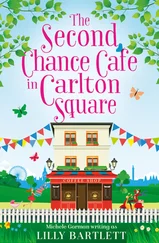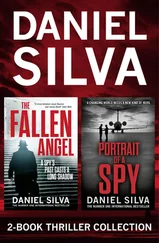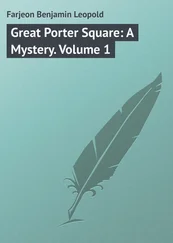“That was simple dispersal. But we also wanted to precipitate these same clouds. Again we started with the cannonading, sending warheads on rockets basically. There’s this idea that’s been around a long time, of a trigger event, that in unstable conditions the eyes of monsoons, for instance, might set off an ‘atmospheric collapse.’ But if there are such triggers, we never found them. The storms were indifferent to our strikes.
“So it came down to nucleation: seeding flares shot from the ground or released from planes, around which, we hoped, droplets, the stuff of clouds, would coalesce and fall as rain. Again there were all sorts of agents to consider. Salt, charcoal, sulfuric acid, graphite, volcanic dust even — torrential rains often follow eruptions — and the simplest of all, water itself. A few droplets, properly placed, could precipitate whole cloudbanks. There were the more exotic nucleators too. Things like lead iodide, zinc oxide, even dry ice. Silver iodide, though, has a structure that can fool microdroplets into crystallizing into ice. It’s shaped like a hexagon. So it was the most promising.”
Though he kept speaking, at some point a while back now, Ravan had stopped communicating in the strict sense. No one could follow the niceties of what he said anymore, even if he were dead sober. Stagg, of course, wasn’t even trying to.
“I remember our first trials with it,” Ravan continued. “The flare launchers my father commissioned for this work were quite effective, burning the silver iodide, making a smoke of metal. In Palo Alto one winter, we watched a wave of these flares launched into puffy stratocumulus, a brilliant white, with not much vertical extension.
“We watched it go from the purest of whites through a cycle of grays: silver, ash, slate, and finally, gunmetal. With each change of shade the cloud seemed to congeal further, those supercooled droplets crystallizing around the ice-like nuclei. This was coastal California, where snow is basically unheard of. The crystals liquefied on descent. And it drizzled. Then it rained.
“The trick was the presence of the supercooled droplets, enough to get the process started. Lots of clouds have them, even when conditions aren’t generally frigid on the ground. The falling crystals cool the regular microdroplets, reduce them to the freezing point and below, supercooling them, which stokes the process further, and primes them to condense around the silver iodide. That was our understanding, anyway, though again, consistency of results. Could it have all been chance? I don’t think so.” Ravan paused and squinted toward the music. “And now…”
“Where have they taken things?” Stagg encouraged him.
“Well, in the time I’ve been less than dedicated, they’ve moved beyond silver iodide. It’s why their results are more or less provable at this point. It’s still hardly perfect, but my father can get clouds to do what he wants sixty or seventy percent of the time.
“Now the agent of choice is a stable isotope of antimony, but subjected to a series of treatments: alloying, cooling, then returning it to its metallic form. Really it comes down to allotropic variation in the substance…
“In any case, the process is known comprehensively only to him and my brother and a few others in the Indian labs. I’ve kept up a bit, so I know some too. The essential thing is that antimony has a property of water. It expands as it freezes, or it does with the right impurities. And this seems to stimulate further condensation. It also seems to work at even higher temperatures. No need for supercooled droplets. Or perhaps it’s just converting a very small amount of those in a cloud into a large amount, through a chain reaction. A trigger event after all, maybe.
“Whatever it is, warmer stratus and cumulus can be precipitated now, which expands the range of application by miles. And very little of the agent is required, which is good, because it is not so far from arsenic in structure.
“The technology is sought now pretty much everywhere in the developed world. The Indian government has some claim to it, though, since the work was done at the National Institute. But basically, the Americans want it, and the lab in Princeton is comping me a job in the hopes of getting it, I assume. Hoping my father will deliver it through me, or that he will sign on part-time.
“So I think I’ll be doing as I please to some extent. Hurricane dispersal is the focus. There may be more as well. I’ll get to go out to Vegas, where the experimental facilities are. I don’t know exactly what they’re working on over there, in the desert. No hurricanes, obviously. Or in Idaho either, the other facility. But it might be a few months till I stop the watch-work. It is interesting in a way, though, isn’t it, Carl? Surveillance. There’s an odd kind of gentility to it, given the history of intelligence. You’ve got a few more months too, it looks like.”
“Maybe more,” Stagg said.
“Well I would love to hear these lectures. Where? Which university? God knows I could stand to know more about India. And the mother country. Britain. They’re open to the public?”
“They are. I’m not sure about the format yet, or the timing. They’re for the Wintry.”
“Ah.” Ravan looked at Renna with red eyes. The rise and fall of her chest was even slower now, her sleep deeper.
Ravan leaned in slightly. “You know the museum, the annex across the bridge, you know how those gargoyles fell, yeah?”
Stagg shook his head and held Renna’s shoulder. “Tell me.” He settled in for the encore.
“They were just lying on the steps, whole, patina intact, when the police got there. During a philanthropic event — about urban education, alternative teaching, the need for a cash infusion — hosted by none other than the Wintry, on Friday. It was elaborate, the event. The attack too. Or maybe it wasn’t quite an attack. Not on them in particular.
“A lot of money piled into the lobby that night, maestros of arcane instruments. And their families, beautifully made up. In the first room, just beyond where the drinks were served, there were Clementes everywhere: Fire, Atlas, Map of What is Effortless —all looking in on them, these big-faced, color-bleeding men, and the African animals like illustrations. Yes, a painter of ‘ecstatic consciousness.’
“Right. A pop, a cascade of figures — angels with the gargoyles — zipping past the massive windows, top to bottom, knocking on the broad, shallow steps below. Strange to think most of them survived. Then the slow rattle down the steps to the bottom. Not much damage done in the end.
“The windows went next, rattling, then cracking, just the tops. Daggers of glass fell — harmlessly, I should say, as the crowd was tucked away from the entrance by this point. That left behind another set of daggers, stabbing upward, and sideways as well, jags of lead glass still seated comfortably in the frame.
“Inside, the floor is dressed in canapés, bits of Ibérico, overturned sterling trays, bowl-less glass stems twirling on their bases in circles. Good wine’s running, pooling in places. The debutantes, they’re cowering. And rightly so. A third wave of charges releases the chimeras walking the very top of the museum’s frontispiece, its lineaments.
“The explosions were all external. It kept the philanthropists pinned inside the museum, prone or crouched down among the hors d’oeuvres, the wine grabbing at their silks and wools. It seemed like a desecration, more than anything. That’s all we seem to get.”
Ravan bit his lip and frowned. “Talking of wine,” he said. He got up and poured himself some from a bottle Renna had found too readily, Stagg thought, in the shelves beneath the bookcase. Larent must hide his wine there, for whatever reason. “You want some of this plonk, Edward? Yes, yes you do.” He poured more wine into Renna’s glass, still a quarter full, and took it with him to the threshold of Larent’s room, pinching the stem.
Читать дальше
